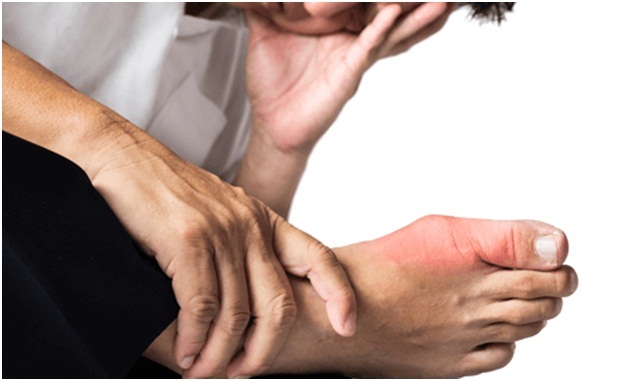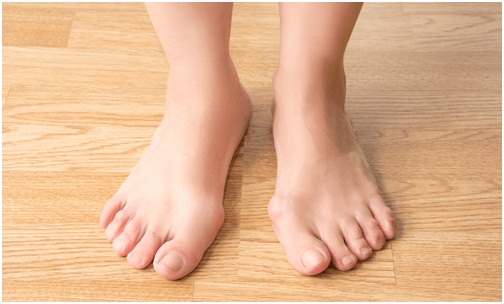Are you sure you are taking good care of your feet? There are high chances that you are not. But if your feet and toes are aching due to some reason, you should seek a professional help because it may turn out to be something called hallux rigidus.
Image Courtesy: modpodpodiatry.com.au
You may be bewildered by this big name. But if you know more about it and you are affected by it, you may be able to take proper measures to fight with it.
Hallux rigidus means “rigid big toe” in Latin. Its primary symptom is the pain in the joint at the bottom of the big toe (metatarsaophalangeal joint).
You can feel the pain even while being active even if you wear low-heel, sensible shoes and even while being at rest. A bump may also form on top of your toe which somewhat resembles a bunion.
An experienced podiatrist in Sydney like ModPod Podiatry or orthopedic surgeon will identify the signs of this type of osteoarthritis which involve severely restricted movement of toe when stretched upward and downward and bone spurs (bony protrusions) that form a bump atop the joint.
For confirmation of diagnosis and finding the extent of the damage to the joint, X-rays can be helpful. If X-rays cannot make the picture clear, your podiatrist may even order a CT scan or MRI.
Causes
The stiffness and pain in hallux rigidus are caused by the loss of cartilage in the joint. When this cartilage wears away, bones come nearer each other, narrowing the joint space and limiting movement.
In more severe cases, pain is caused by bones rubbing against each other within the joint and the bone spurs rubbing against the inner side of the shoe.
Hallux rigidus begins as hallux limitus i.e. some limitation of movement and this condition is measured in stages.
Image Courtesy: modpodpodiatry.com.au
Non-surgical Treatment Options
Some non-surgical treatment options may be recommended by an expert podiatrist Sydney City like ModPod Podiatry. These are as follows:
Taping the joint and thus immobilising it which may reduce pain temporarily
Glucosamine and chondroitin supplements may sometimes help in early stages, though not all doctors recommend them, but some may want to give them a try
Wearing hard-soled shoes with little to no heel, sneakers that have a wide toe box or shoes having rocker-bottom soles that make the foot to roll forward while walking without needing the big toe joint to bend
Anti-inflammatory medications like cortisone and ibuprofen may relieve intense pain
Hallux limitus can be relieved by physiotherapy but it’s not recommended by doctors for hallux rigidus since it’s not effective in relieving pain or increasing motion range of toe and may actually increase pain
Surgical Treatment Options
Surgery is recommended when non-surgical options fail. Here are the options:
Cheilectomy
Cheilectomy is suggested for early-stage hallux rigidus and removes bone spurs and cleans the joint area.
Arthrodesis
Also known as “fusion”, this is considered to be the most reliable surgery to relieve pain even in severe joint damage. It involves removal of cartilage and fusion of two bones.
Plus, there are surgical options like joint replacement, interpositional arthroplasty and arthrodiastasis. Discuss with your podiatrist and choose the best treatment option for you.


